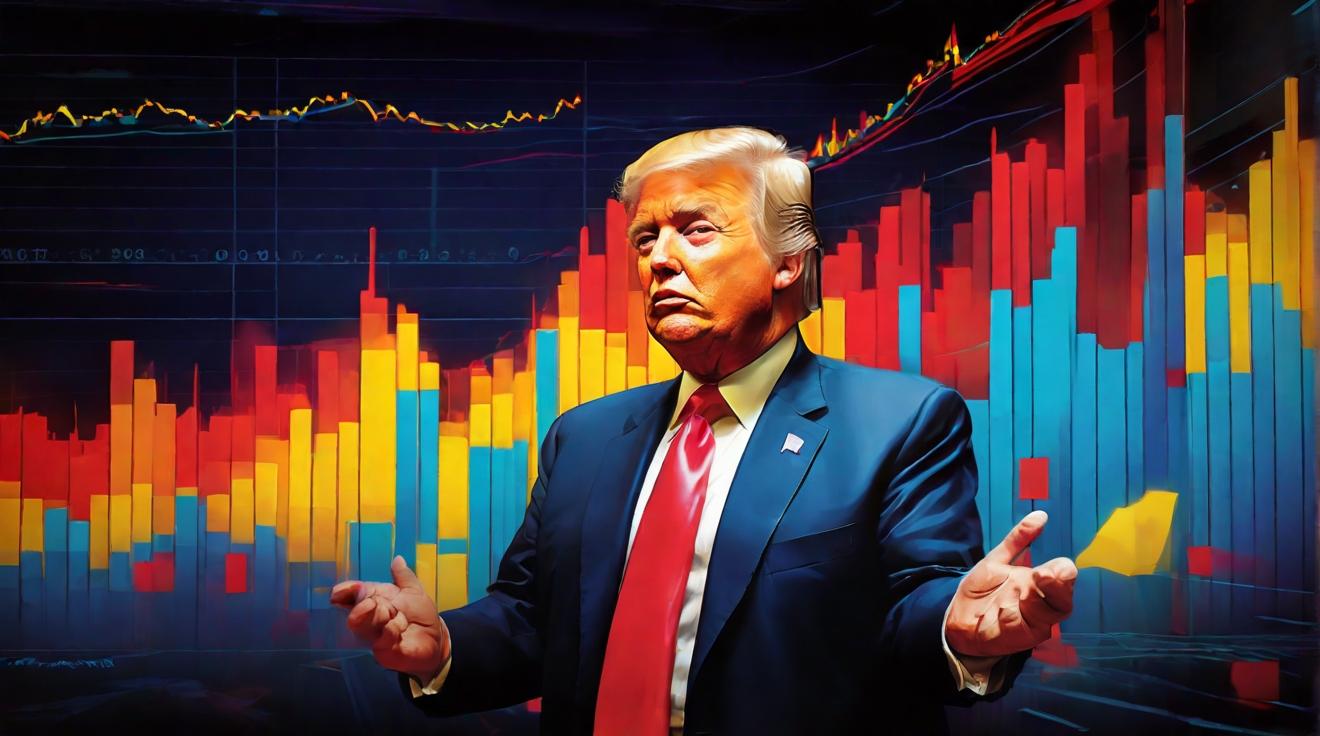Mainstream Acceptance of Cryptocurrencies
A recent study by Gemini highlights that 57% of crypto owners are now comfortable allocating 5% or more of their investment portfolios to digital assets like Bitcoin and Ethereum. This shift indicates a significant step towards mainstream acceptance, as more investors see cryptocurrency as a viable investment option.
Regulatory Concerns Hampering Wider Adoption
Despite this growing acceptance among current owners, regulatory concerns remain a significant barrier. In the United States and the United Kingdom, 38% of those who do not own cryptocurrencies cite unclear regulations as a reason for their hesitation. This number increases to 49% in Singapore, highlighting a global challenge in the regulatory landscape.
Understanding Regulatory Concerns
Many potential investors are wary of cryptocurrencies because they are unsure about the rules and protections in place. For example, if someone invests in stocks, they are generally protected by government regulations, but cryptocurrencies are newer and the rules are still evolving.
The Role of Spot Crypto ETFs
The introduction of spot crypto ETFs (Exchange-Traded Funds) in the United States has provided a new avenue for crypto investment. According to the report, 37% of American crypto owners hold some of their assets through an ETF, with 13% of them investing solely through these funds.
What is a Crypto ETF?
An ETF, or Exchange-Traded Fund, is like a basket of assets you can buy and sell on the stock market. A crypto ETF allows you to invest in cryptocurrencies without directly buying them, making it easier for traditional investors to enter the market.
The Future of Cryptocurrency Markets
Marshall Beard, COO at Gemini, emphasizes that "the introduction of spot crypto ETFs and regulatory advances in several jurisdictions are paving the way for growth." As more regulatory clarity is achieved, and with tools like ETFs, the crypto market is poised for expansion. This could encourage both retail investors, who are individuals like you and me, and institutional investors, such as big companies or investment firms, to increase their participation in the market.













